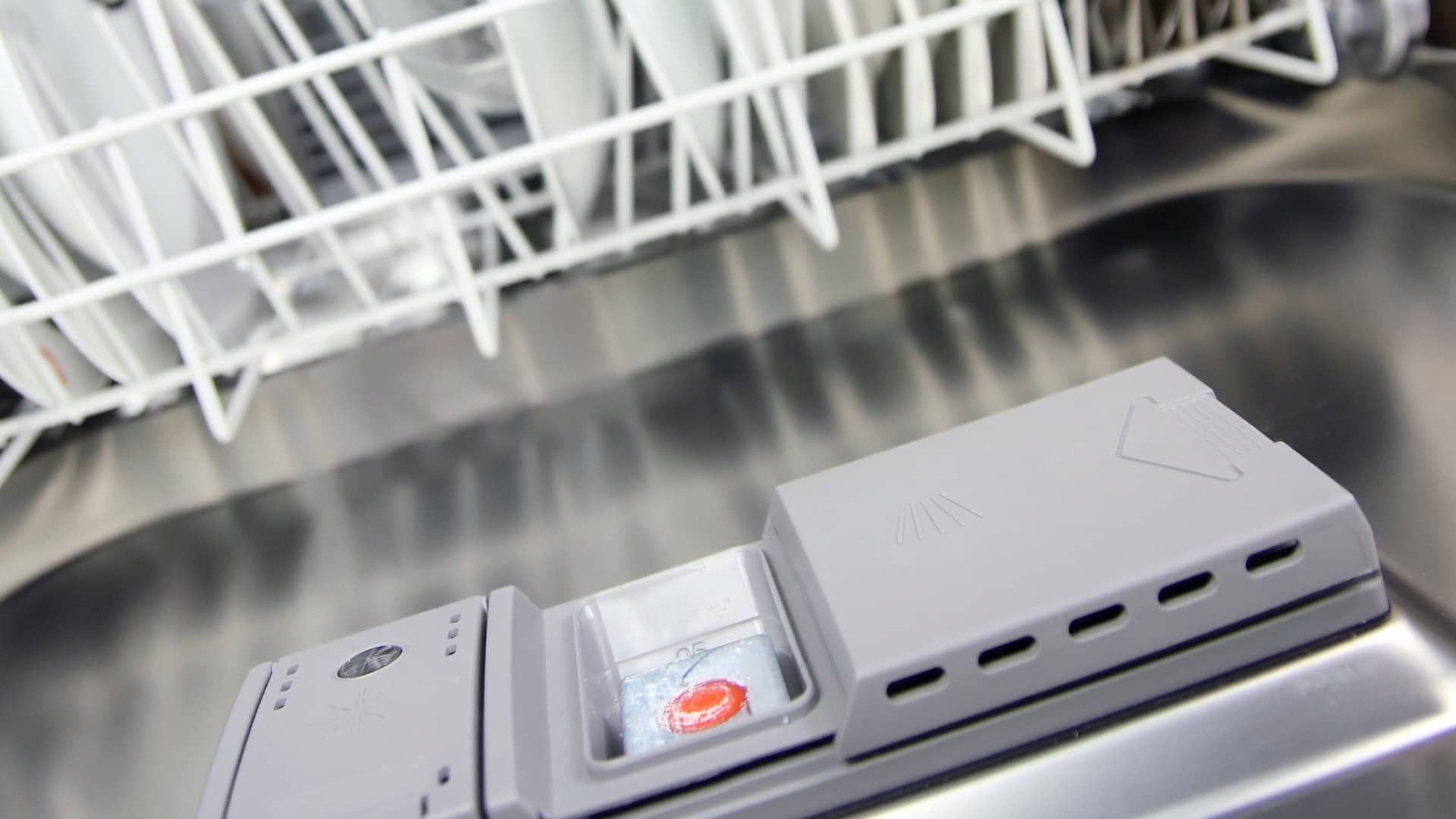
Samsung has built up a reputation for making long-lasting quality products. That reputation is largely due to their appliance business. While some owners are satisfied with their Samsung dishwashers, others report having some issues. The most common problems reported with Samsung dishwashers are poor performance, leaking, draining issues, and too many error codes. Read on to solve these issues.
This guide applies to the following models:
DB3710DB
DB3710DW
DB5710DT
DMR57LFBXAA
DMR57LFSXAA
DMR57LFWXAA
DMR77LHSXAA
DMR78AHBXAA
DMR78AHSXAA
DMT610RHB/XAC
DMT800RHBXAA
DMT800RHSXAA
DW80F600UTB/AA-0001
DW80F600UTS/AA-0001
DW80F600UTW/AA-0001
DW80F800UWS/AA-0001
DW80J3020UB/AA-0000
DW80J3020UB/AC-0000
DW80J3020US/AA-0000
DW80J3020US/AC-0000
DW80J3020UW/AA-0000
Dishwasher Cleaning
Many of the problems you may have with your Samsung dishwasher can be solved or prevented by running a cycle with a dishwasher cleaning solution. Dishwasher cleaners can be purchased in liquid or pellet form, or 1-2 cups of white vinegar can be used. Baking soda can also be added to the dishwasher after the white vinegar cycle for a deeper clean.
The cleaning product or white vinegar and baking soda will break down the food particles and minerals that have built up inside the dishwasher, drain hose, and on parts like the drain pump. If using white vinegar, pour 1-2 cups into a dishwasher-safe bowl, and place it on the top dish rack. Next, close the door and run a normal cycle. When the cycle is complete, sprinkle a cup of baking soda inside the dishwasher; then run another normal cycle. It is recommended to flush out the dishwasher like this every month or so.
1. Dishwasher Not Cleaning Dishes
Opening the dishwasher to find dishes that are still dirty can be very frustrating. Unfortunately, with some Samsung dishwashers this is one of the more common complaints. The issue is usually caused by clogged spray arms or a dirty filter assembly.
Over time, food particles can get stuck in the small holes in the spray arms. This affects the water pressure coming out of the spray arms and their ability to clean sufficiently. Food particles can also get stuck in the filter assembly and affect the dishwasher’s cleaning ability. Depending on the model, you may be able to remove the filter by turning its top; otherwise you will need to remove the screws securing the filter assembly.
- Disconnect the power to the dishwasher and turn off the water supply to the dishwasher.
- Remove the bottom dish rack from the dishwasher.
- Remove the spray arms from the dishwasher. With most models, they can be unscrewed by hand. If they cannot be removed, you will need to clean them from within the dishwasher.
- Fill a sink or bucket with hot water; then add soap and one cup of white vinegar.
- Wash the spray arms in the water.
- Use a brush or metal pick to remove buildup in the spray arm holes. It is best not to use a toothpick, as it can break and become permanently lodged in the spray arm hole.
To clean the filter assembly:
- With the power and water off and the spray arms removed, turn the top of the filter to remove it from the dishwasher. If the filter cannot be easily removed, check to see if there are screws to the filter assembly that can be removed. You may need to check the dishwasher’s manual for filter removal instructions. If you cannot remove the filter, clean the bottom of the dishwasher with hot water and white vinegar.
- Depending on the model, you may need to use a screwdriver to detach the water tubes.
- Look for an impeller that is secured with a screw.
- Unthread the screw and remove the impeller.
- Remove any debris.
- Reassemble the dishwasher.
2. Dishwasher Is Leaking
If the dishwasher is leaking, it is usually caused by a defective water inlet valve, door seal, or drain hose. To diagnose the issue, check where the leak is coming from. If the water does not appear to be coming from a worn door seal, removing the bottom access panel or kick plate should allow you to see which part is causing the leak.
Over time, dishwasher hoses (drain hose, pump hoses, water supply line) can become loose, or the seals may deteriorate. The hoses can also crack and cause water leakage. If you notice a problem with a dishwasher hose, it should be replaced. Replace a worn dishwasher door seal rather than trying to repair it.
The water inlet valve controls the amount of water that fills the dishwasher. If the valve becomes stuck on open, it can cause the dishwasher to leak. The valve is connected to water supply hoses that bring water into the dishwasher and fill the dishwasher tub. If the water inlet valve is defective, it will need to be replaced.
3. Dishwasher Does Not Drain
If the dishwasher is not draining, the drain hose may be blocked, the pump may be defective, or the check valve (flapper) may need replacing. The filter assembly may also be clogged with food particles. Occasionally, the solenoid kit may fail to open.
To fix drainage problems:
- Clean out the dishwasher, including the filter, garbage disposal, and air gap if you have one.
- Check that the drain hose is not kinked. Check that if it is attached to the sink cabinet (a high loop), it is connected correctly and wastewater is not backing up back into the dishwasher.
- Disconnect the drain hose and make sure it is not blocked.
- Remove the bottom access panel or kick plate, and check the pump for signs of damage, particularly to the impeller. Inspect the check valve on the drain pump outlet or housing for signs of damage. Also check the solenoid kit on the drain pump for faults.
- Test the pump and solenoid for continuity with a multimeter.
- Replace any defective parts.
4. Dishwasher Will Not Start
Issues with error codes or the dishwasher not starting are also common complaints with Samsung dishwashers. Resetting the dishwasher may solve the problem. Dishwasher reset instructions can be found in the dishwasher’s manual or by disconnecting the power for five minutes.
If you are getting an error code, check to see what the error code means and follow the repair instructions. Constant error codes indicate a component needs to be replaced or there is a problem with the control board. A trained professional should be called to check the control board.
If the dishwasher will not start, the most common cause is a tripped circuit breaker, faulty door latch, or defective control board.
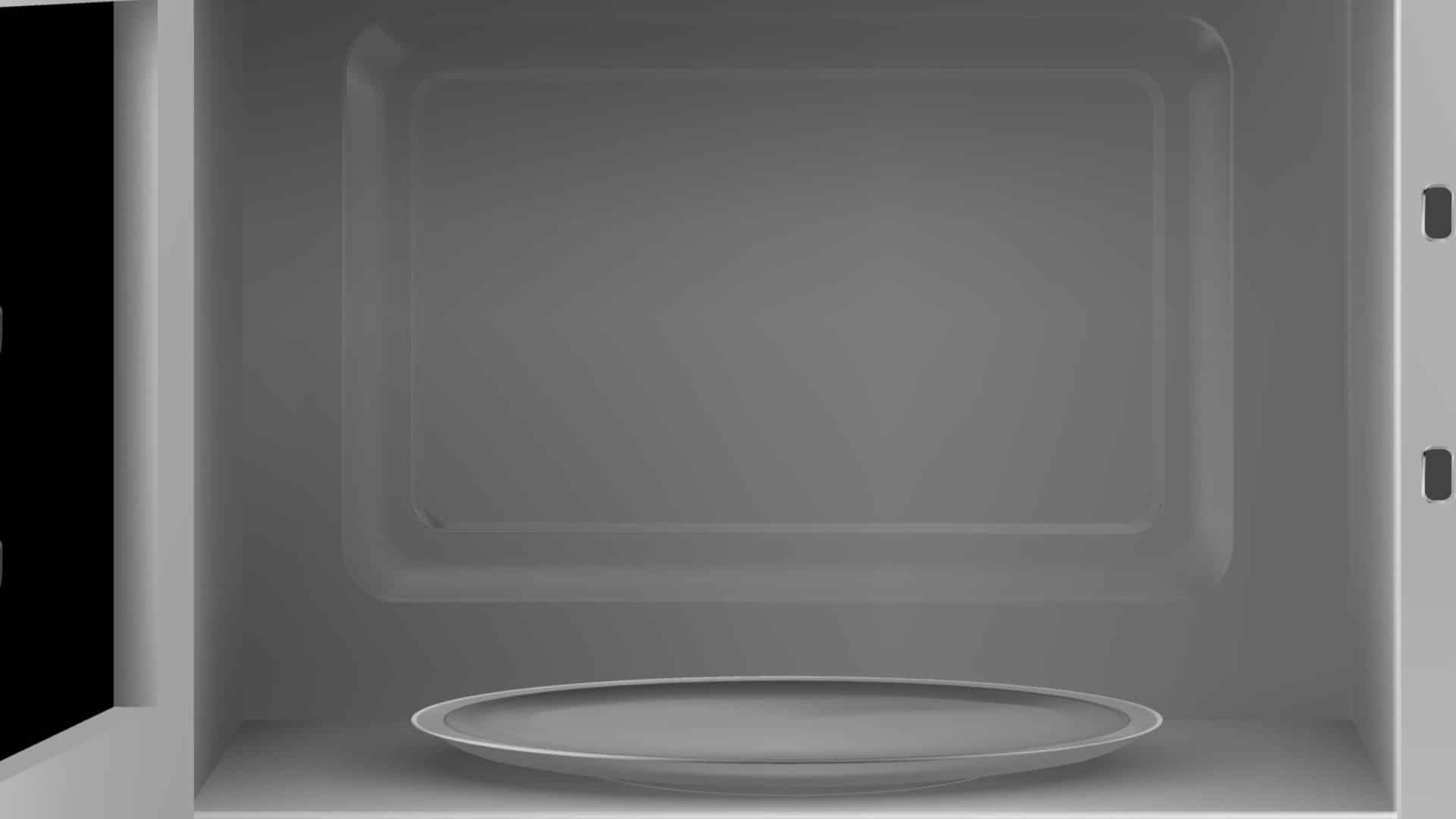
How to Fix a Microwave Door That Is Loose or Broken
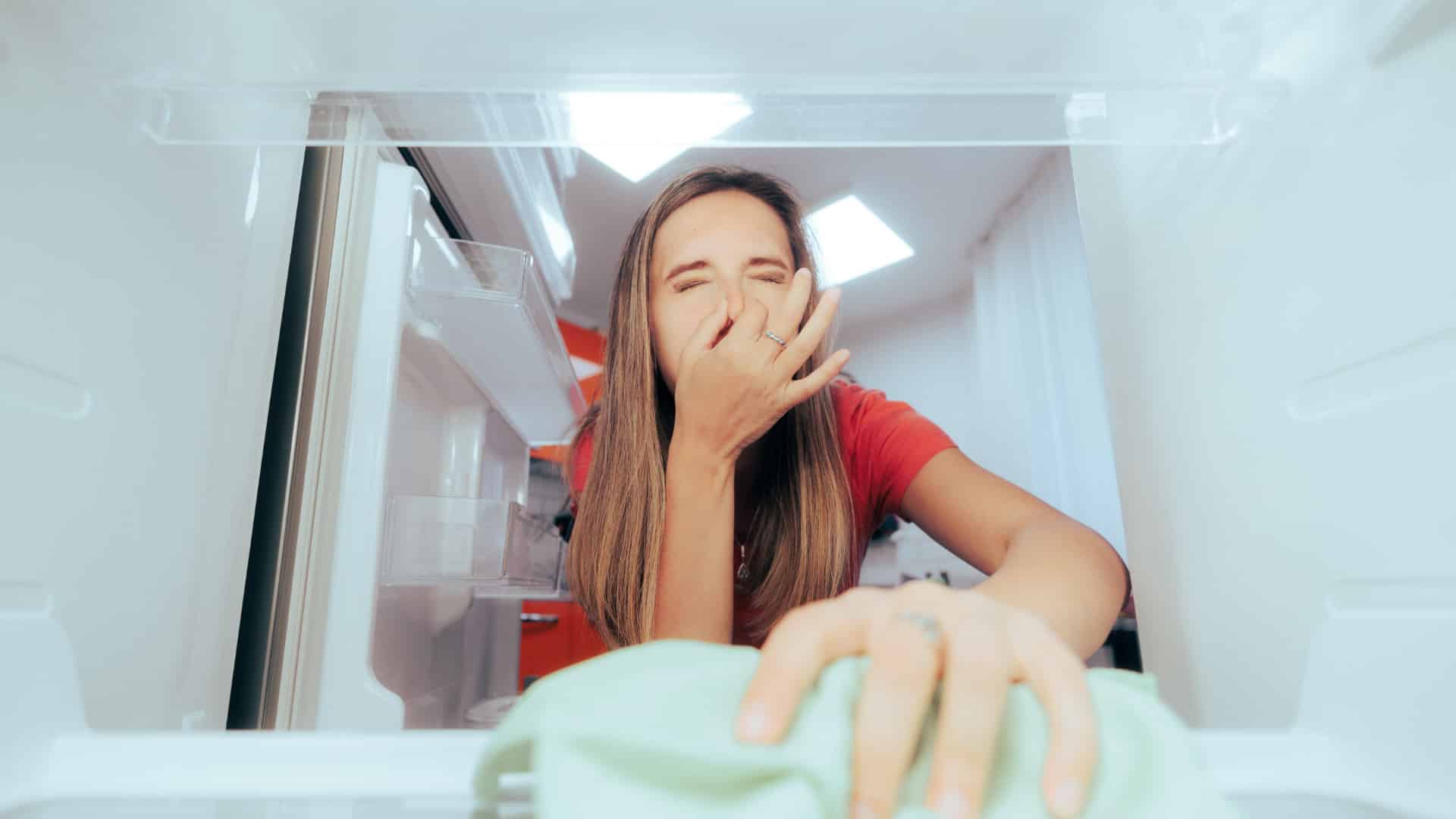
How to Clean a Smelly Refrigerator Quickly
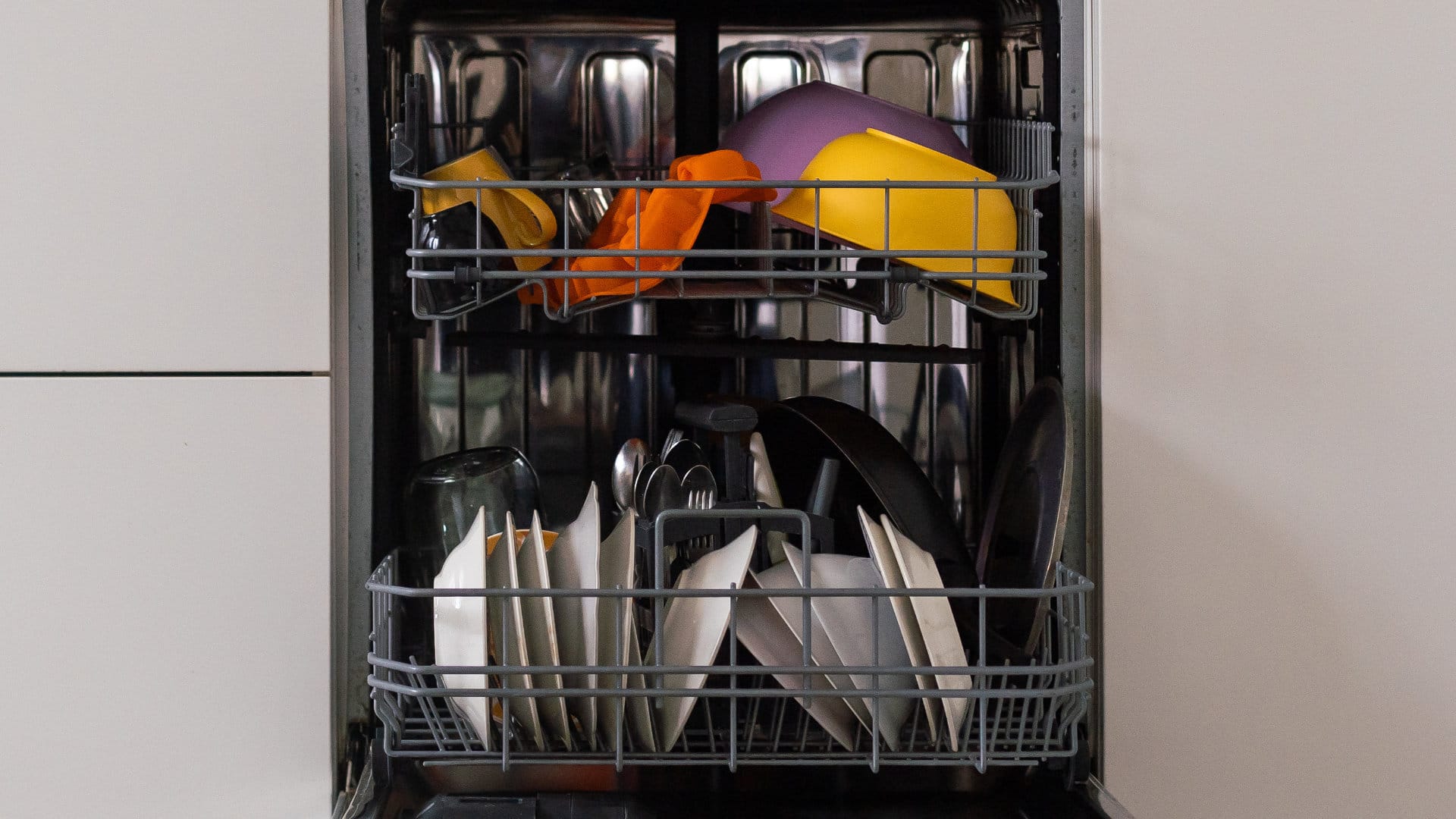
Troubleshooting LG Dishwasher OE Error Code: Causes and Solutions
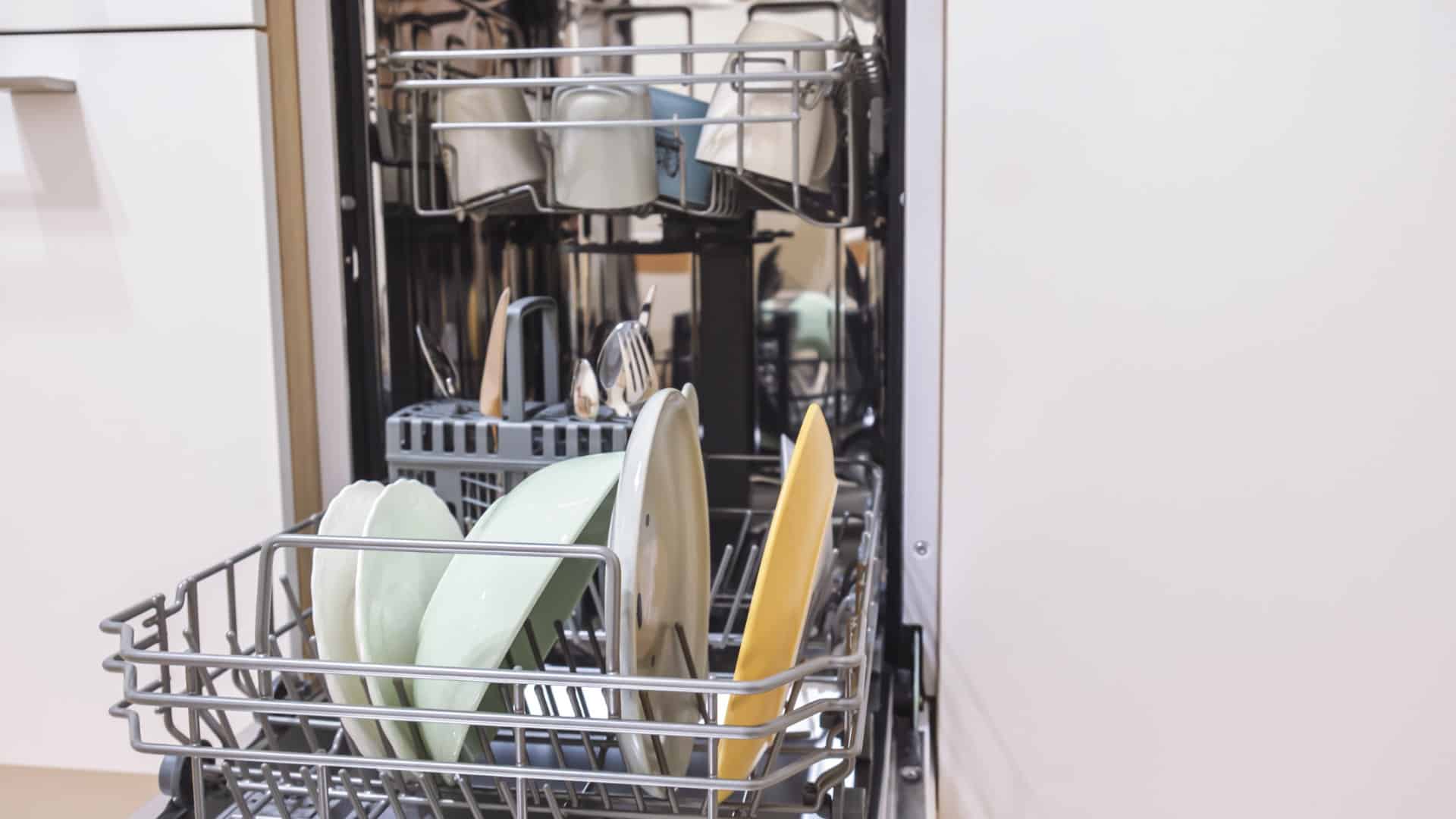
How to Fix an Amana Dishwasher Not Drying
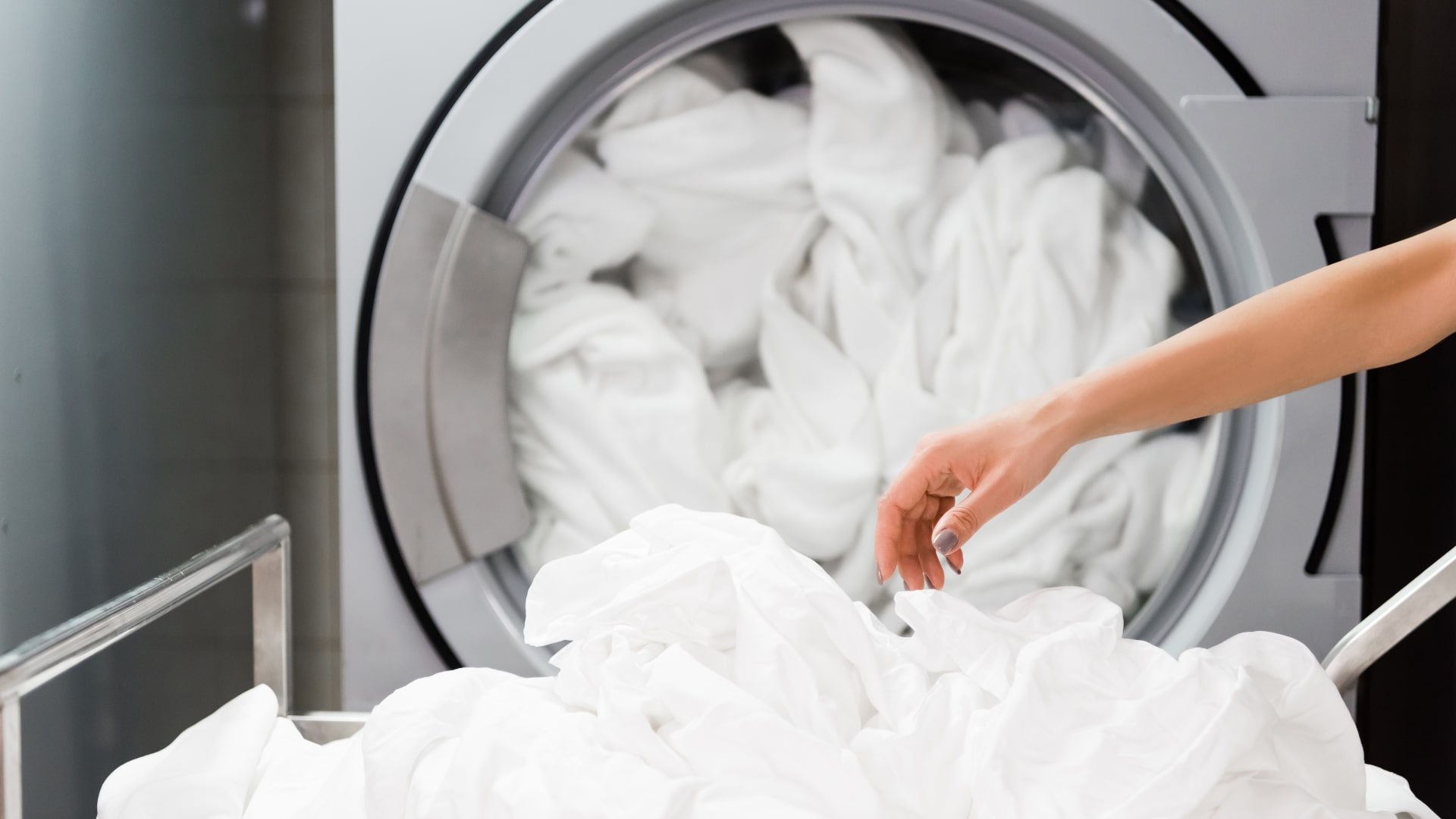
How to Dry Bedsheets in the Dryer
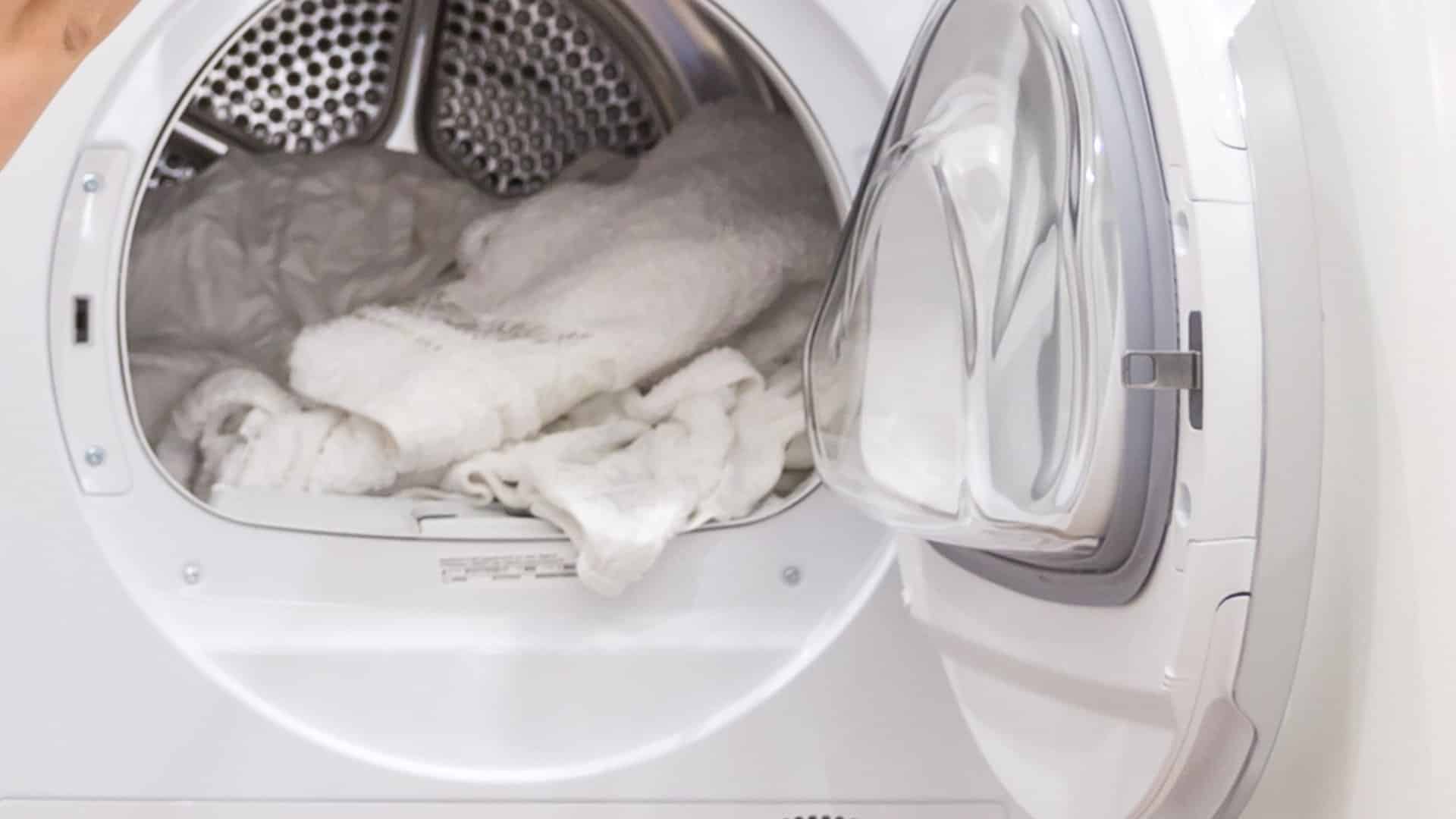
Dryer Won’t Start? Common Reasons And Solutions
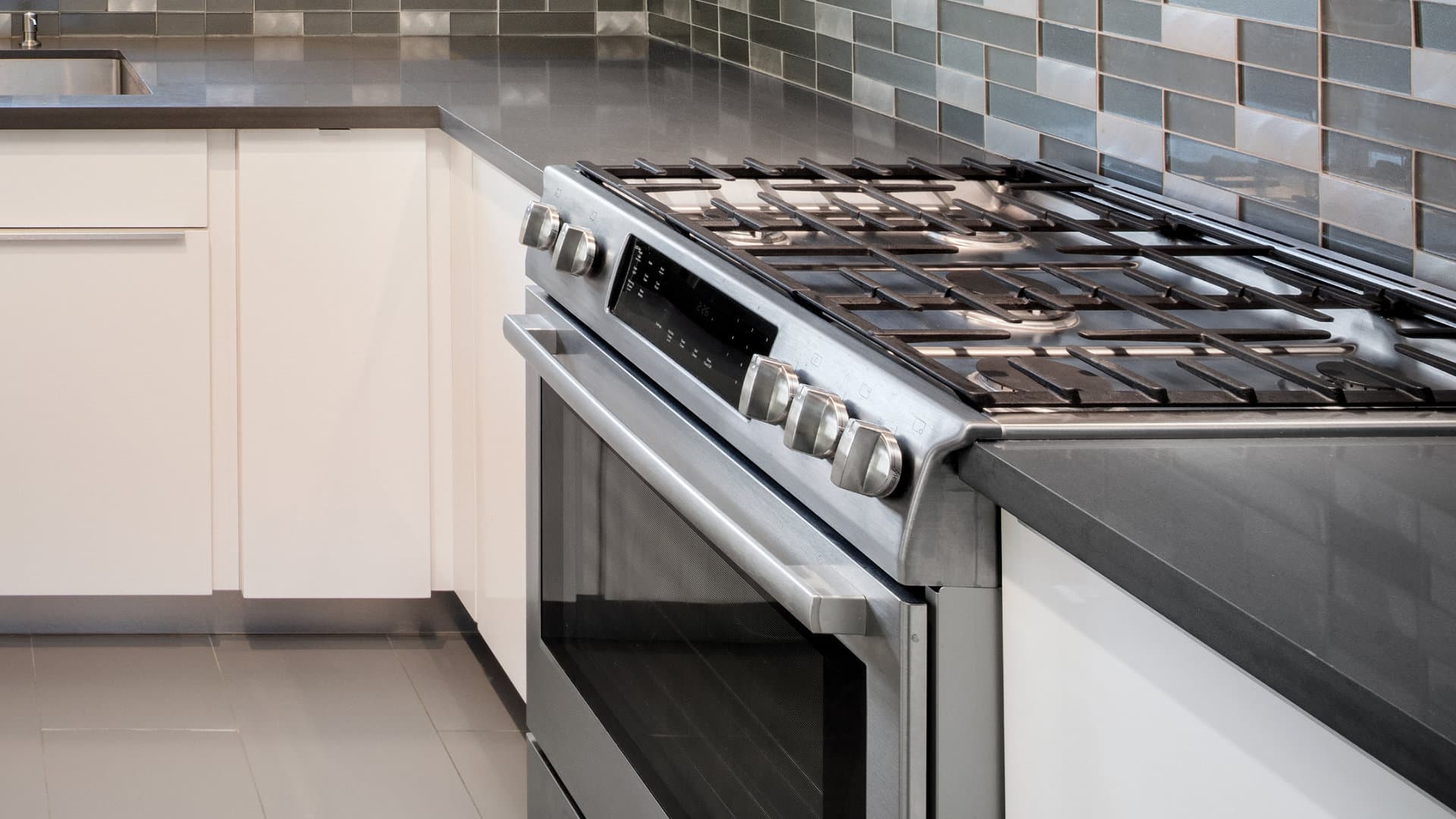
5 Dangers of Self-Cleaning Ovens
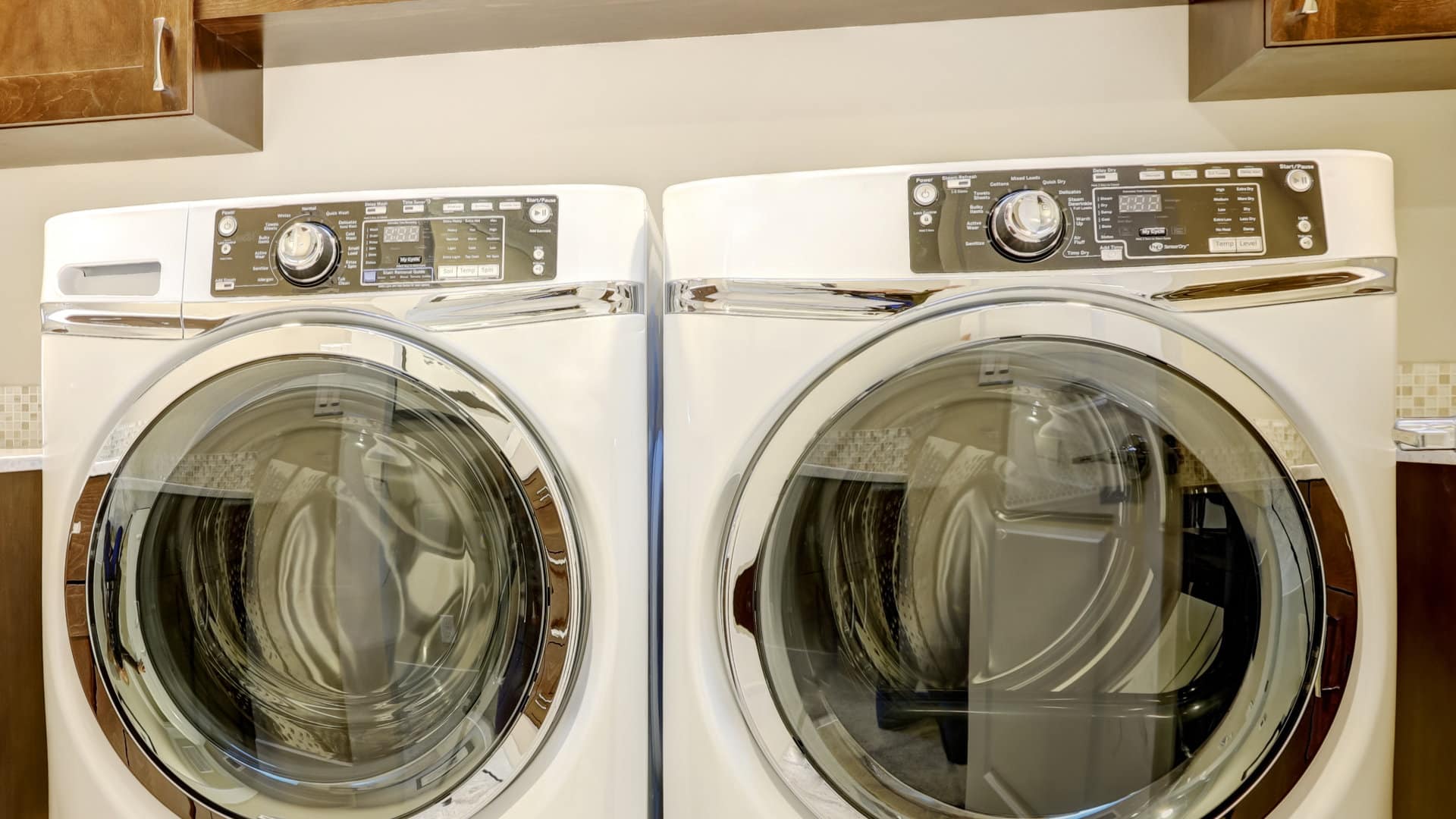
How to Replace a Washing Machine Faucet
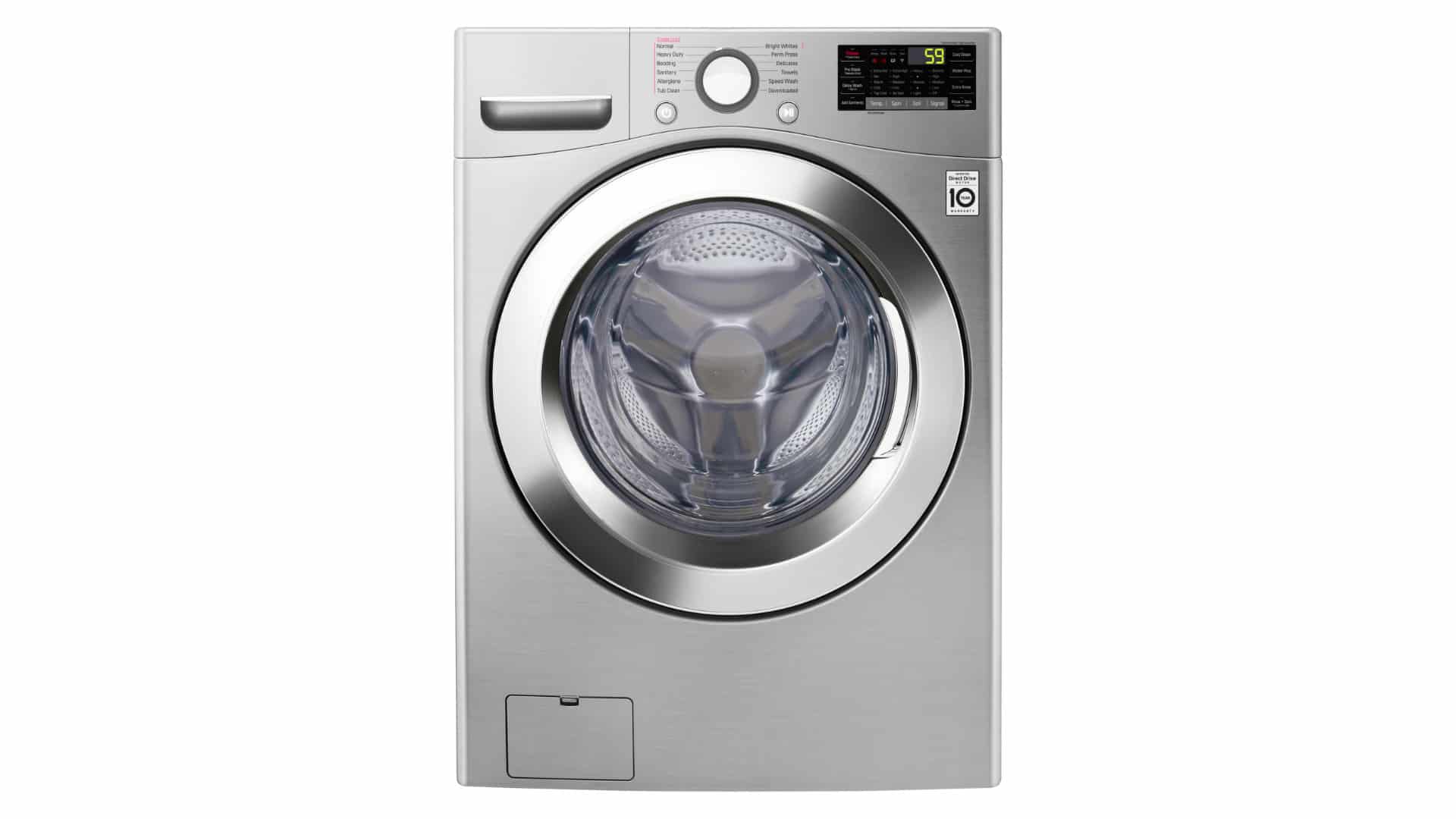
LG Washer Error Code UE Explained
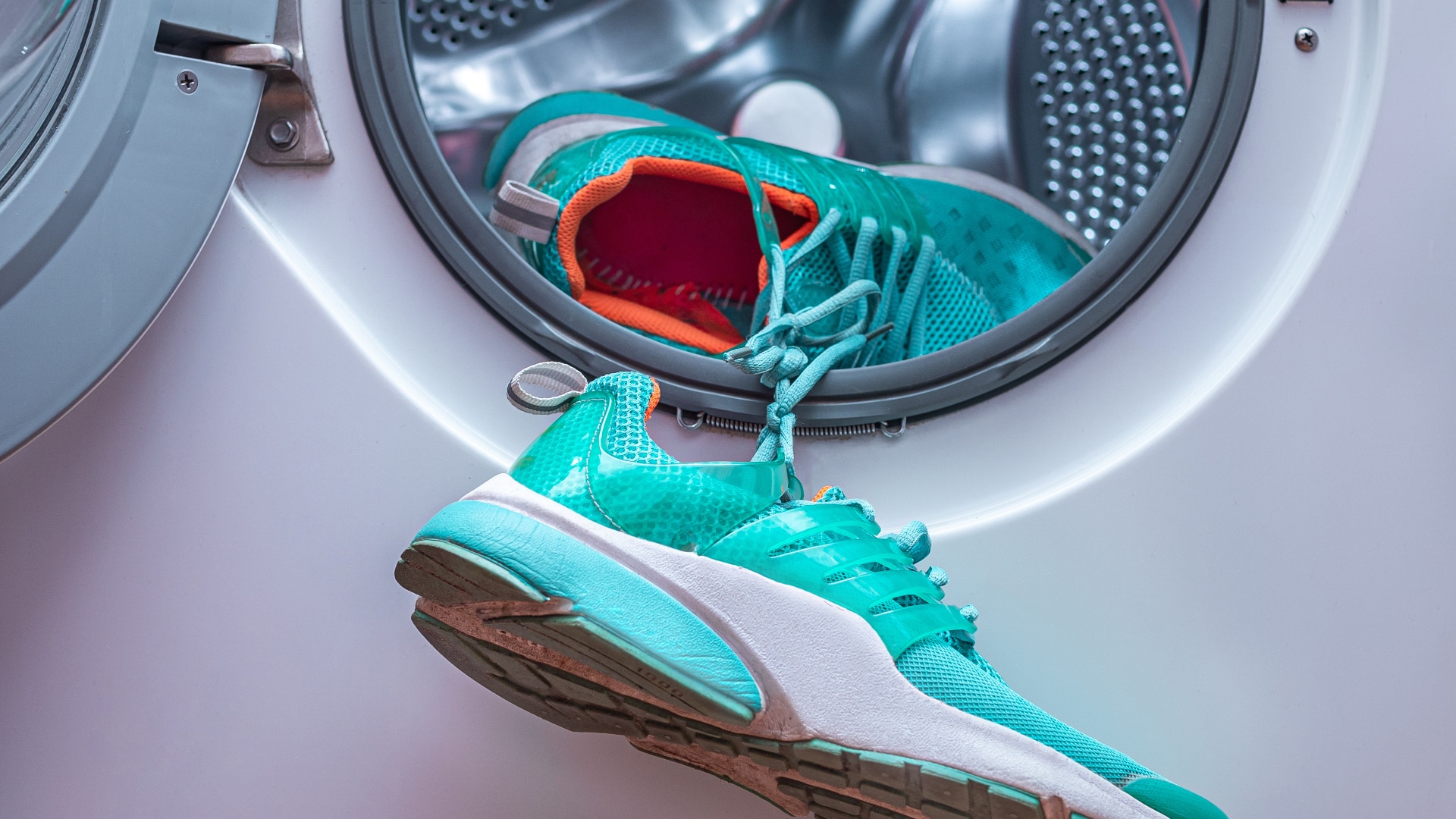
How To Wash Shoes in The Washing Machine
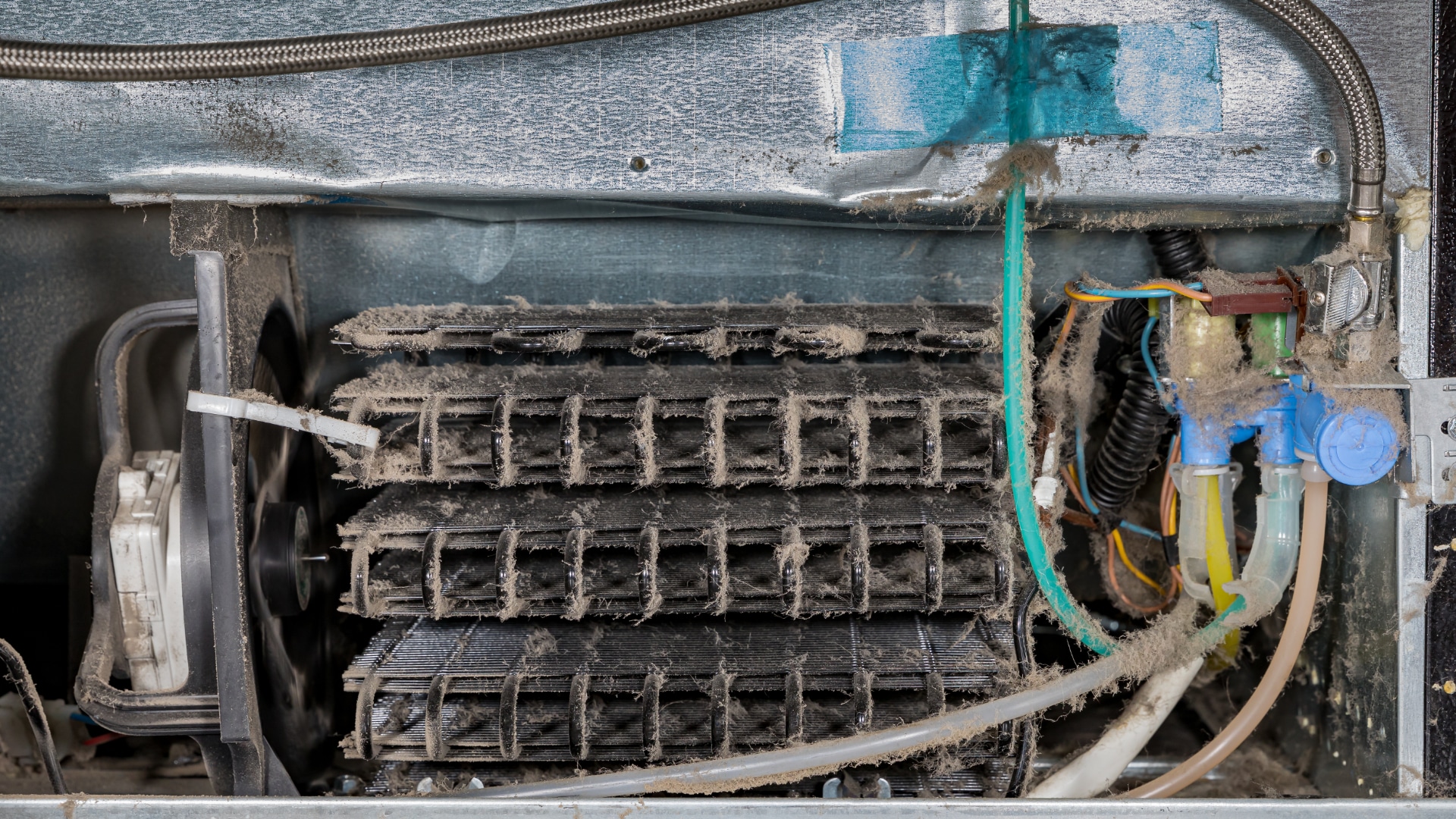
How To Clean Refrigerator Coils

LG Ice Maker Tray Not Turning? How To Fix It
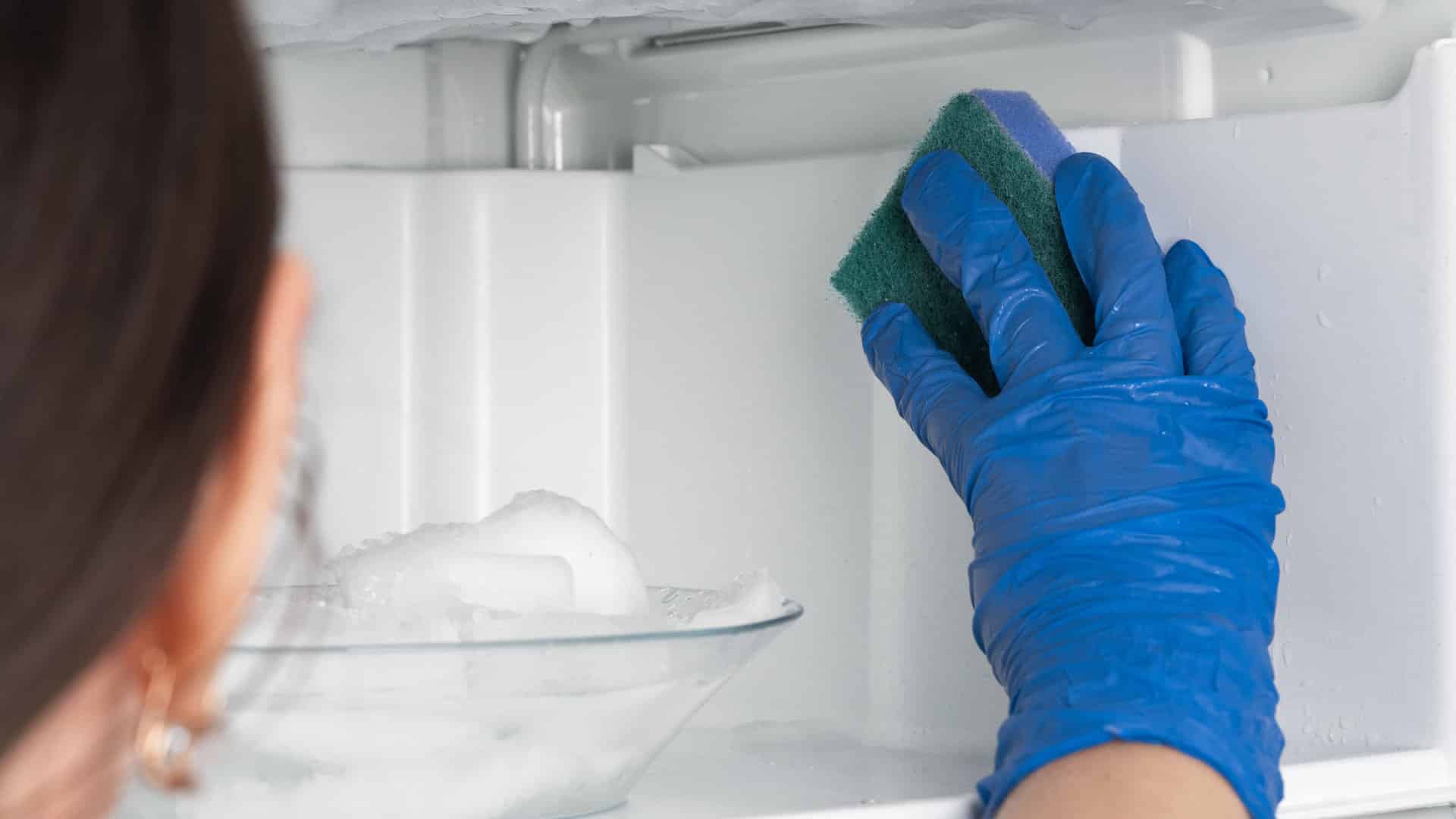
How To Clean a Freezer (in 5 Steps)
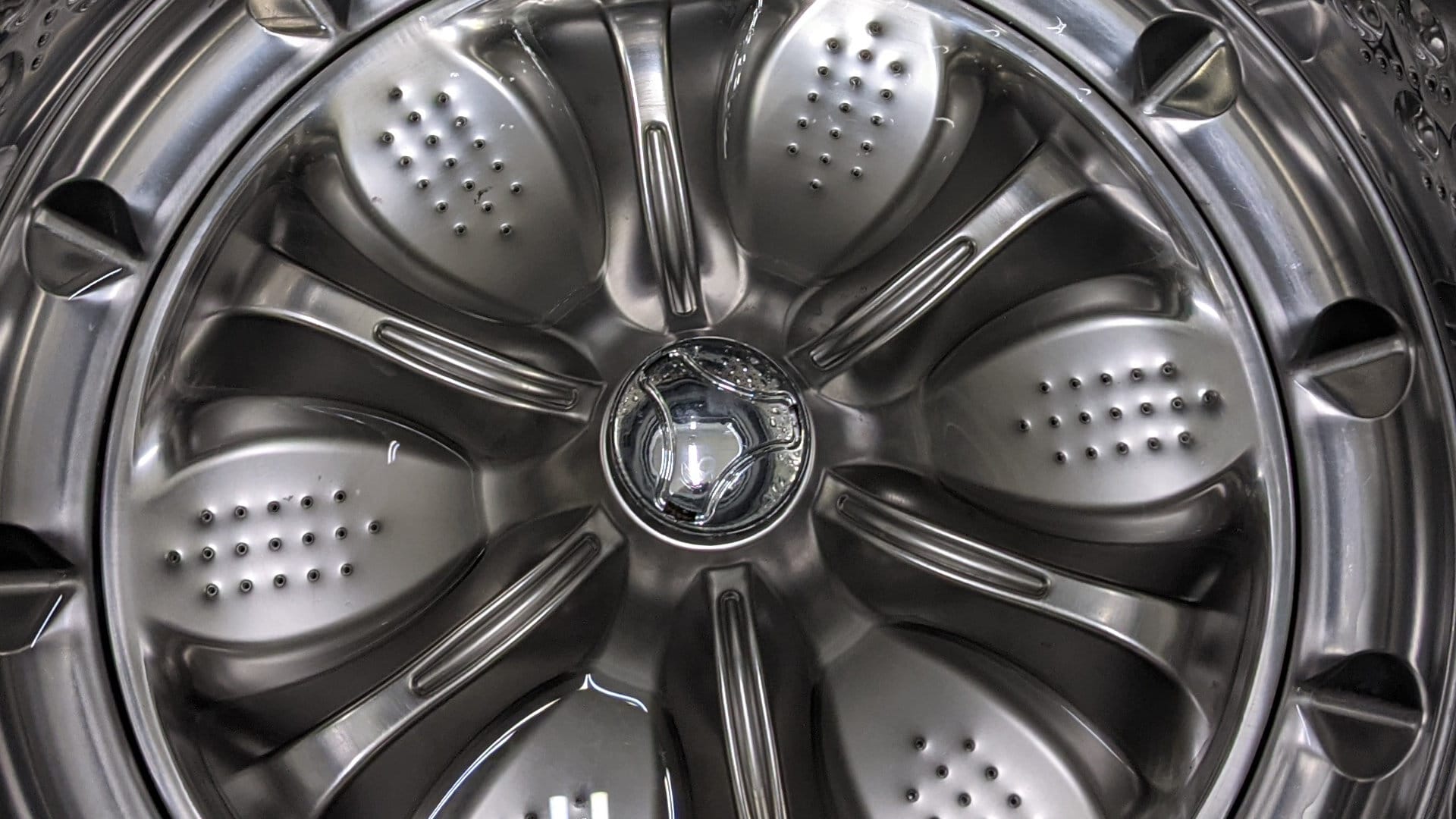
Samsung Washer Error Code SC: How To Fix It
